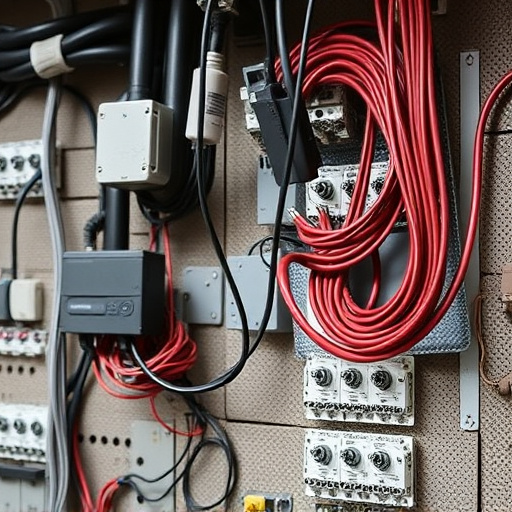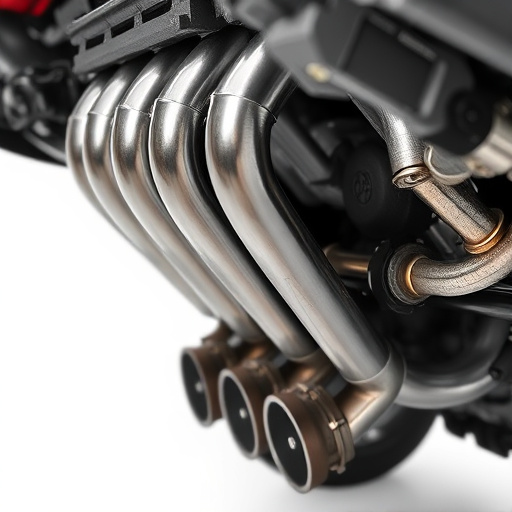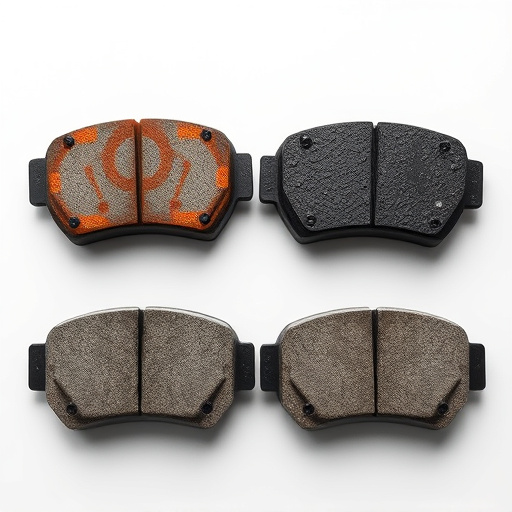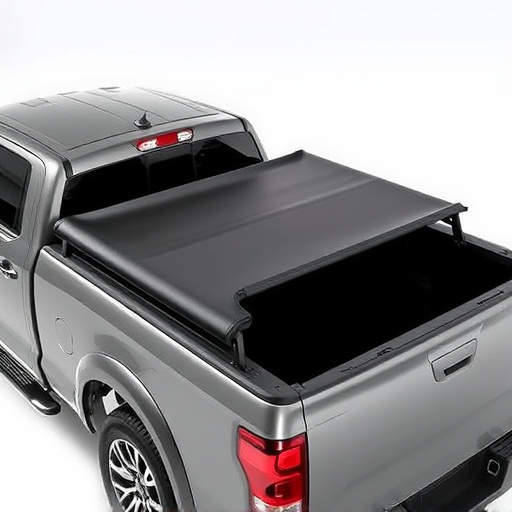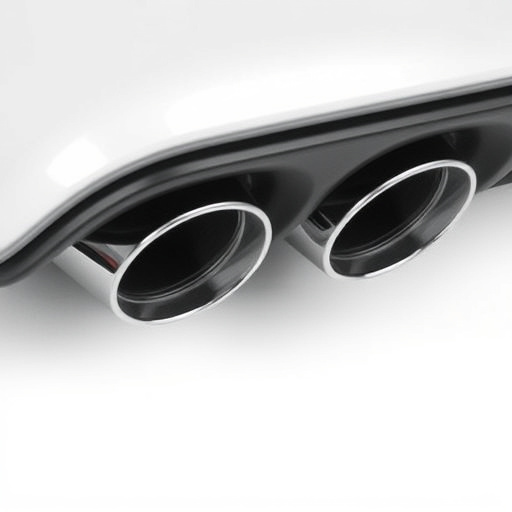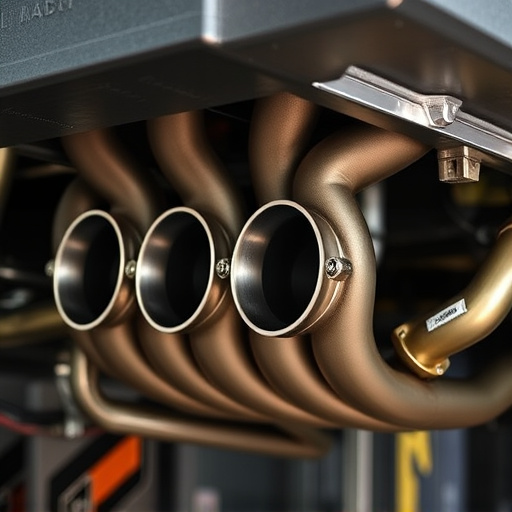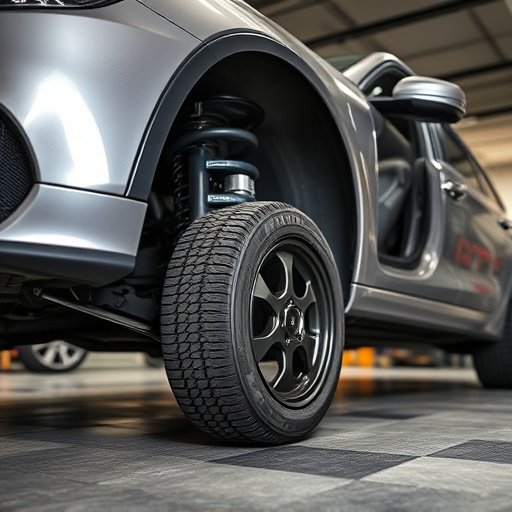Control arm upgrades are a strategic investment for vehicle owners aiming to enhance safety and handling. These upgrades improve load transfer by optimizing weight distribution between front and rear wheels, leading to better grip and traction. This is particularly beneficial during high-speed cornering or highway lane changes. Advanced materials and engineering in modern control arms reduce weight, increase durability, and enable precise steering, enhancing overall stability and fuel efficiency. Integrating these upgrades with suspension kits and exhaust systems further refines vehicle dynamics, ensuring a safer and more responsive driving experience, even on challenging roads.
A control arm upgrade is a simple yet powerful way to significantly enhance vehicle performance, particularly under load transfer. This article delves into the science behind load transfer—the dynamic force distribution between tires during cornering and acceleration—and its profound impact on handling and safety. We explore how control arms play a pivotal role in optimizing contact patch size, ensuring maximum grip and stability. Upgrading these components offers tangible benefits, enhancing both safety margins and the overall driving experience.
- Understanding Load Transfer and Its Impact on Vehicle Performance
- The Role of Control Arms in Optimizing Contact Patch
- Benefits of Upgrading Control Arms for Enhanced Safety and Handling
Understanding Load Transfer and Its Impact on Vehicle Performance
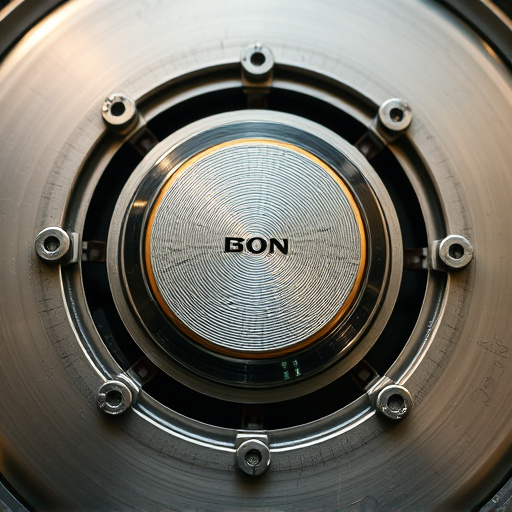
Load transfer is a fundamental concept in vehicle dynamics that refers to the distribution of weight and force between the front and rear wheels during acceleration, braking, and cornering. This process is crucial as it determines how well a vehicle handles various driving conditions. When a car undergoes an acceleration or deceleration, for instance, the force shifts from the brakes to the engine, causing a transfer of load from one axle to another. Similarly, during cornering, gravity acts on the wheels, creating a lateral load that needs to be managed efficiently for optimal handling and stability.
An upgrade to the control arm can significantly enhance this process. By improving the contact patch under load transfer, the upgraded control arms ensure better grip and traction, leading to enhanced vehicle performance. This is especially noticeable in everyday driving conditions such as navigating tight corners at high speeds or smoothly changing lanes on the highway. Additionally, these upgrades complement other components like high-performance air filters and exhaust systems, ensuring that your vehicle not only feels responsive but also performs optimally under various load transfer scenarios, thereby enhancing overall driver experience.
The Role of Control Arms in Optimizing Contact Patch
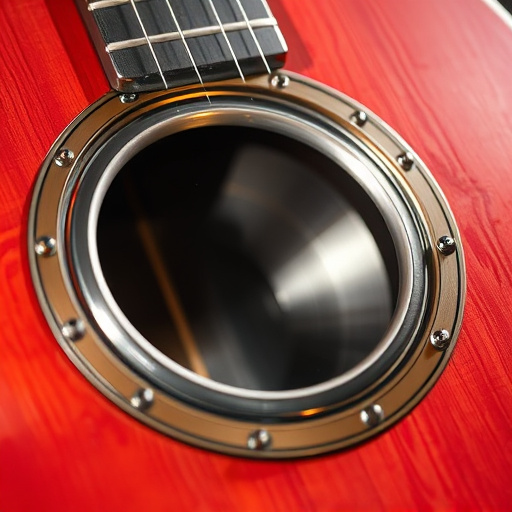
Control arms play a pivotal role in optimizing the contact patch under load transfer. These crucial components connect the wheels to the vehicle’s suspension system, facilitating precise control and stability during various driving conditions. When a control arm upgrade is implemented, it enhances the overall performance by ensuring better alignment and reduced body roll. This, in turn, allows for improved weight distribution across the tires, resulting in increased traction and handling capabilities.
Moreover, modern control arm upgrades often incorporate advanced materials and design elements that mitigate stress concentrations and fatigue failure, common issues exacerbated by high-performance driving or demanding terrains. Integrating these upgrades with other components such as suspension kits and tailored exhaust systems can further refine vehicle dynamics, offering drivers a more responsive, agile, and ultimately, safer driving experience—especially in challenging road conditions.
Benefits of Upgrading Control Arms for Enhanced Safety and Handling
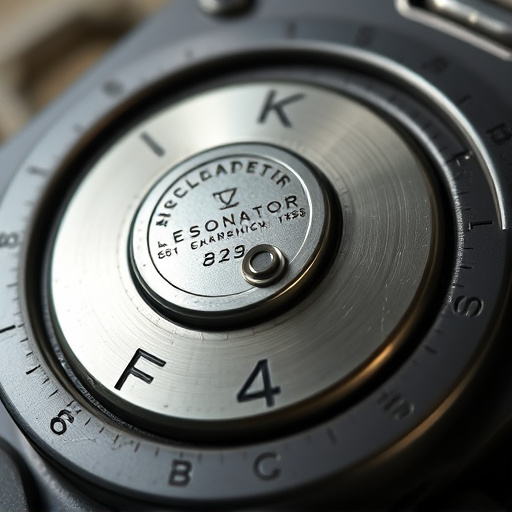
Upgrading control arms is a strategic move that significantly enhances vehicle safety and handling dynamics. These components play a pivotal role in connecting the wheels to the suspension, enabling smooth and precise steering. By investing in high-quality control arm upgrades, drivers can expect improved performance during critical maneuvers, such as cornering and abrupt turns. This enhancement is particularly notable under heavy loads or when navigating challenging terrain.
Moreover, modern control arm designs often integrate advanced materials and engineering techniques to reduce weight and improve durability. Such upgrades not only enhance overall vehicle stability but also contribute to better fuel efficiency. In addition, the improved contact patch under load transfer ensures better grip and traction, making driving more responsive and safer, especially in less-than-ideal road conditions. This is especially relevant when considering modifications like a cat back exhaust or muffler tips, which can alter exhaust flow dynamics and thus impact vehicle stability.
A control arm upgrade is a strategic investment that not only enhances vehicle safety and handling but also optimizes performance during load transfer. By understanding the crucial role of control arms in managing weight distribution, drivers can experience improved contact patch performance under various driving conditions. This upgrade offers a seamless blend of technological advancement and mechanical precision, ensuring a smoother ride and better control on the road.






